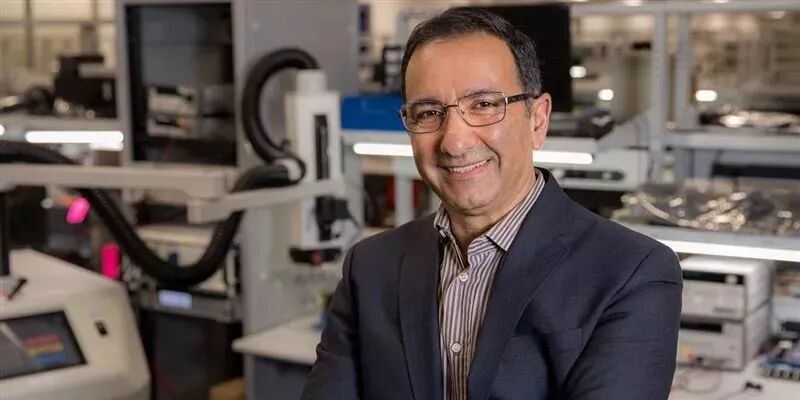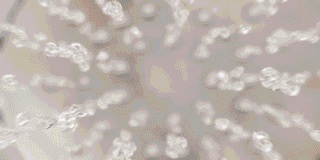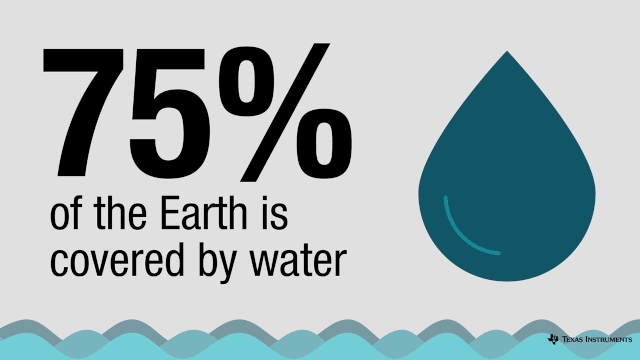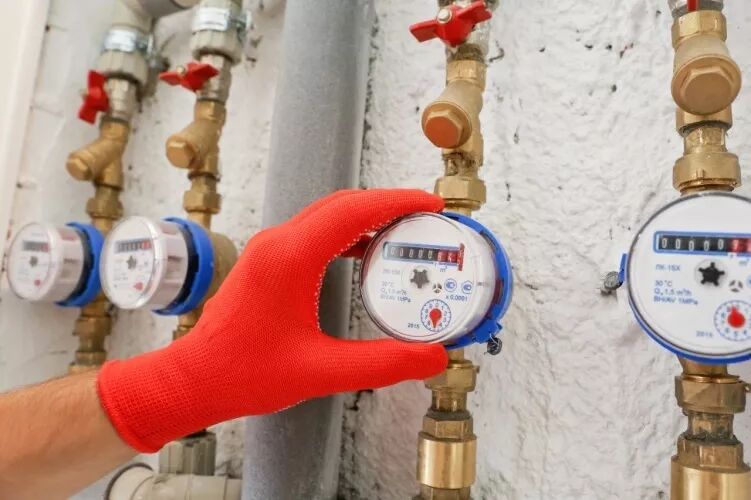
A set of astonishing statistics shows that in the United States alone, household leaks waste approximately 900 billion gallons of water each year, enough to supply about 11 million households with essential water. Other countries in Europe and Asia face similar issues. It is expected that water shortages will complicate this problem further.
However, there is a turning point now, and we can provide solutions. Ultrasonic technology enables water meters installed in smart buildings and smart cities to detect and locate leaks, even those that drip every few seconds. Cities like Austin and Antwerp are installing high-tech smart water meters to provide customers with information to detect leaks and conserve water, while also helping to identify aging public infrastructure and pipeline leaks.

The application of this ultrasonic technology is not limited to water meters. This technology can also be used to measure natural gas flow and even detect the components of gas mixtures flowing through pipelines. It can even assist medical personnel in adjusting the oxygen delivery concentration in surgical equipment.

The water resources available today are the only water resources we will have in the future. We must protect it.
Technology will enable us to achieve this goal at increasingly higher levels.
—— Holly Holt-Torres, Water Conservation Manager, Dallas Water Utilities

Flowing with the Movement
Of course, ultrasonic technology is not new. For example, bats use ultrasonic echolocation to avoid obstacles and catch insects at night. Additionally, in more high-tech applications, ultrasound is used for material identification, automotive collision avoidance, and industrial and medical imaging.
Now it is being used in water meters and other flow meters. Traditionally, flow meters consist of electromechanical systems that generate pulses using rotating spindles or gears with magnetic components. However, like thermostats, motors, and many other everyday devices, electronic systems in flow meters are rapidly replacing electromechanical systems.
In these systems, a pair of immersed ultrasonic sensors is used to measure the speed of sound waves in the fluid. The speed of sound propagation is a function of the viscosity, flow rate, and direction of the fluid flowing through the pipeline. The stiffness of the medium through which the ultrasound travels determines its propagation speed.
The accuracy of the measurement depends on the quality of the sensors, precision analog circuit design, and signal processing algorithms. Ultrasonic sensors are piezoelectric materials that can convert electrical signals into relatively high-frequency mechanical vibrations in the hundreds of kilohertz range. Typically, a pair of ultrasonic sensors in the 1-2 MHz range must be matched and calibrated to measure flow accurately. They account for a significant portion of the total cost. The sensor system must operate at extremely low power to ensure a battery life of 15-20 years.
Texas Instruments’ advanced flow measurement chip MSP430FR6043 features a unique analog front end and algorithms that can significantly improve accuracy while reducing overall cost and power consumption. Our flow measurement architecture leverages high-performance analog design, advanced algorithms, and embedded processing to reduce the need for expensive ultrasonic sensors. The analog front end and signal processing algorithms can compensate for sensor mismatch issues.
Treasure Every Drop of Water
A typical ultrasonic flow meter estimates flow rate by emitting ultrasonic waves and measuring the time difference at the receiver. The time difference measurement is typically monitored by TDC circuits to calculate the time at which the received waveform crosses zero. The difficulty with this typical measurement method is that it is not sensitive enough to detect flow with high precision.

Our architecture employs an intelligent analog front end with a high-performance analog-to-digital converter to improve the signal-to-noise ratio and make calibration more precise. This approach has the following five benefits:
-
It can achieve higher accuracy by reducing interference and improving the signal-to-noise ratio.
-
The architecture can measure a wide dynamic range of flow, from the common flow of fire hoses to the flow of tiny leaks.
-
By using lower voltage drivers, significant power and cost savings can be achieved. The average power consumption for measurements taken once per second is less than 3 microamps. This means battery life can exceed 15 years.
-
It can detect turbulence, bubbles, and other flow anomalies, which is crucial for flow analysis and pipeline maintenance.
-
This technology can overcome the effects of potential flow bidirectional amplitude variations that may occur at higher flow rates of water and gas.
Many other TI technologies are also critical for high-performance flow meters. Examples of differentiated technologies in flow meters include low-power microcontrollers with integrated ultrasonic analog front ends, high-performance clock references, low static current power management, and ultra-precise impedance matching in the transmitter driver and receiver amplifier paths.
These technologies collectively help protect one of our most precious resources.

For more exciting information, please click “Read the Original”
Attractive people are watching!
